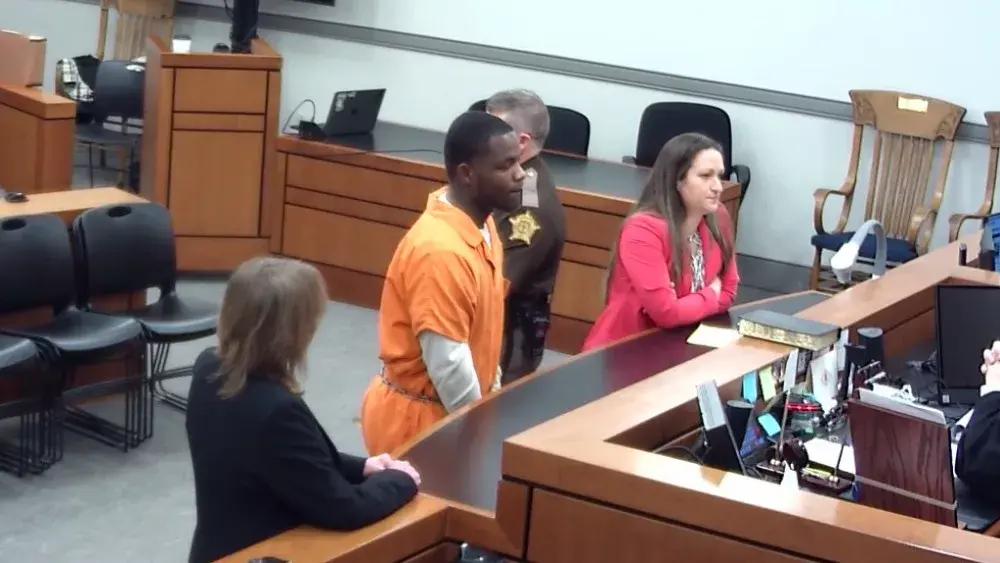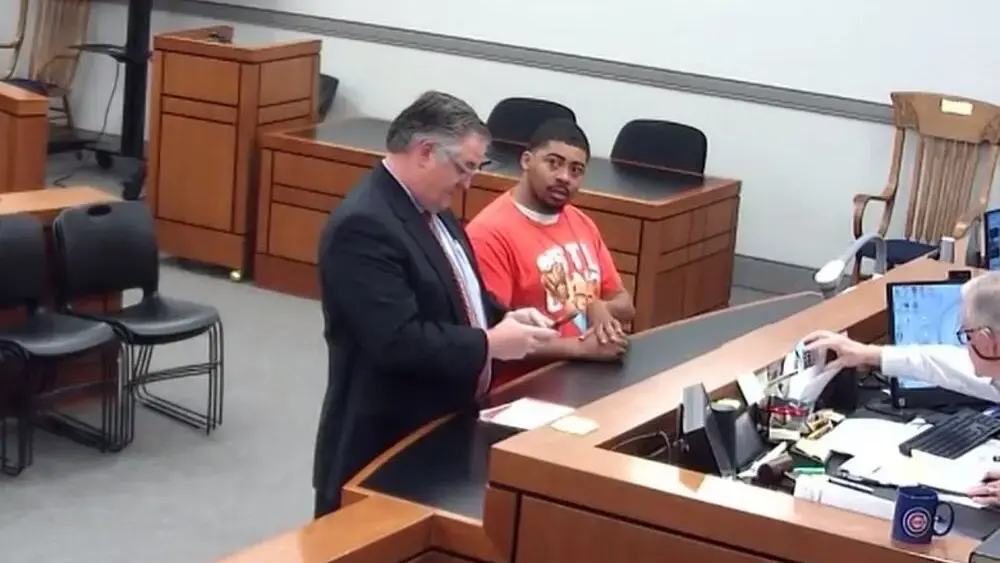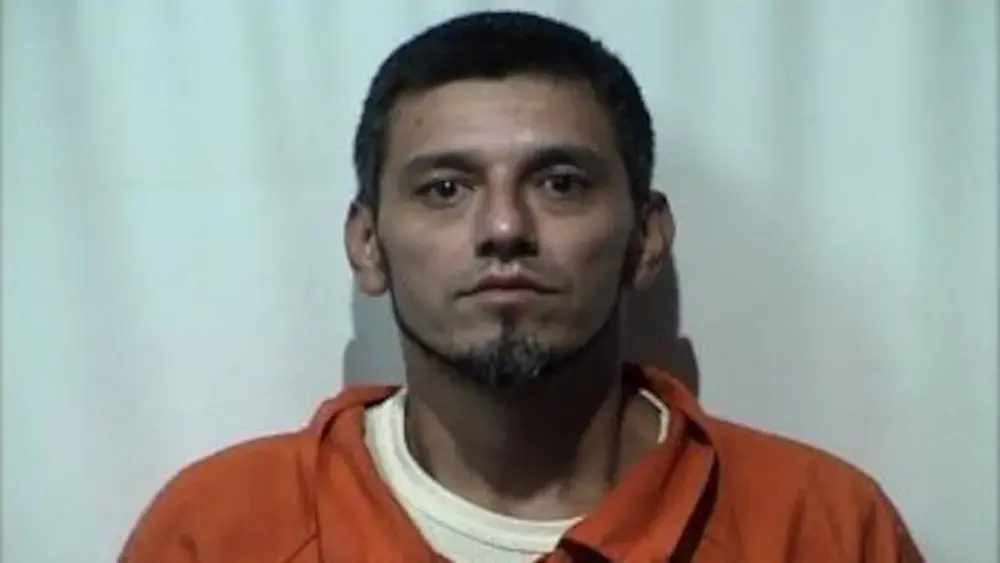
Officials with Christian County Circuit Court learned this week that the Kentucky Supreme Court has upheld the murder conviction of Joshua Cotton in the 2022 shooting death of 19-year-old Alijah Watts in Hopkinsville.
However, the Court has reversed Cotton’s sentence, ruling the trial judge, John Atkins, failed to consider probation — which is required under the state’s youthful offender laws.
As such, the case now returns to Christian Circuit Court for re-sentencing.
Cotton and his representation raised six claims of error before the Supreme Court:
1) The use of Watts’s dying declaration identifying him as the shooter should have been impermissible.
2) Testimony from Detective Robert Stucki, which Cotton argued included hearsay and improper commentary, should not have been used.
3) Admission of graphic autopsy photos should have been disallowed.
4) There was alleged prosecutorial misconduct during trial.
5) The trial court’s failure to consider probation under youthful offender statutes was improper.
And 6) there was cumulative error from all trial mistakes combined.
The state Court only ruled in favor of probation concerns.
Background of the Shooting
On March 2, 2022, Watts was shot in the abdomen while sitting in his car outside a convenience store in Hopkinsville.
Despite his injuries, Watts identified Cotton as the shooter before losing consciousness and later dying en route to the hospital. Police quickly arrested Cotton, then a juvenile, along with two accomplices—Christian McKeel and Cotton’s half-brother, Johnathan Weston. Both McKeel and Weston confessed and resolved their cases before Cotton’s trial.
Investigators recovered a .40 caliber handgun linked to the shooting from a lockbox in the apartment Cotton shared with Weston. At trial, Cotton admitted involvement in the crime but argued he intended only to commit robbery, not murder. A jury convicted him of murder and recommended 45 years in prison.
Dying Declaration Upheld
The Court ruled Watts’s identification of Cotton as the shooter was properly admitted under Kentucky’s dying declaration exception to hearsay. Even though Watts did not explicitly say he believed death was imminent, his condition—slipping in and out of consciousness and soon dying from internal bleeding—supported the inference he knew his injuries were fatal.
Detective’s Testimony and Hearsay
Cotton argued Detective Stucki’s testimony improperly bolstered evidence and referenced Cotton’s silence after arrest. The Court agreed parts of the testimony were erroneous but found the errors harmless, noting Cotton himself admitted being the shooter and the comments did not affect the outcome.
Autopsy Photos Permissible
Two contested autopsy photos showing the bullet’s path were allowed. The Court said they were graphic but not excessively gruesome, and they helped the jury understand the cause of death. Kentucky precedent generally permits such evidence if it illustrates relevant facts.
Prosecutorial Misconduct Claims
The prosecutor’s opening statement referenced local gun violence statistics and suggested the jury should “send a message.” The Court condemned such arguments as improper but concluded the strength of the evidence against Cotton prevented reversal. Other alleged misconduct, including mention of Cotton’s co-defendants’ plea deals and his right to remain silent, was also found insufficient to overturn the conviction.
Error in Sentencing
Cotton was tried as a youthful offender, but the trial judge marked him “ineligible for probation” without considering alternatives. The Supreme Court cited its earlier Thomas v. Commonwealth decision, which requires trial courts to weigh probation options even for youthful offenders convicted of violent crimes.
No Cumulative Error
Although Cotton argued that the combined effect of trial errors rendered his trial unfair, the Court ruled otherwise. It said most errors were minor and not prejudicial, and only the sentencing issue required correction.





